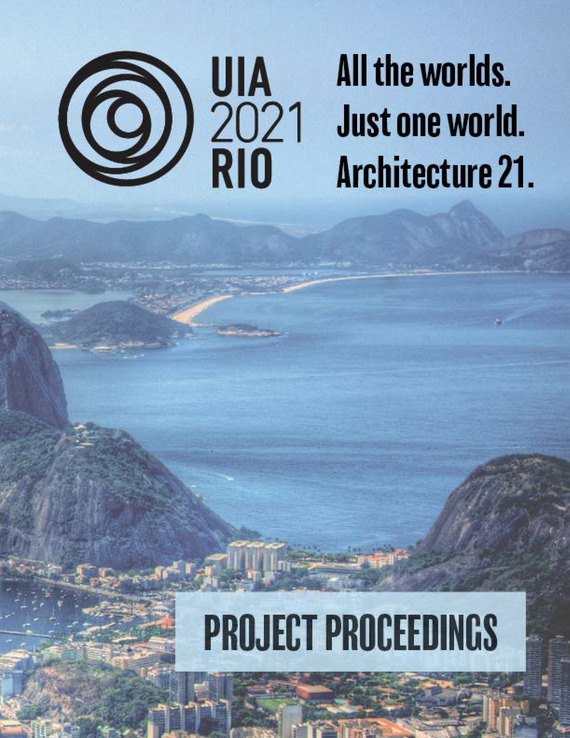Author(s): Aaron Brakke
The peripheral zones of many Latin American cities are often sites where the conditions of social and spatial fragmentation are tangible. The liminal spaces of Bogota’s hinterlands are no exception and these tensions are evident in several of the ‘comunas’ (neighborhood communities) in the southern part of the city. These sectors were founded and developed through pirated urbanism in the latter decades of the twentieth century, were legalized and now pertain to Colombian municipalities. Even with this stature, residents in these zones have received limited assistance to obtain essential public services and are lacking basic infrastructure. Inhabitants have struggled to create a sense of belonging in spaces that have been marginalized by governing bodies, marked by violence, and endured tragedies such as “Falsos Positivos”. These conditions have been exacerbated by the arrival of internally displaced Colombian citizens and Venezuelan refugees. In The Social Production of Urban Space, Gottdiener stated that, “Social relations that improve life must take on material form through the social production of space.” Zig Zag Park was developed with citizens to appropriate Lefebvre’s ideas of the ‘right to the city’ to realize participatory architectural actions. Workshops were developed and culminated in the disruptive urban tactic of transforming a public space. Zig Zag Park was constructed through a participatory process that involved imagining, designing, learning, developing, fundraising, and building. This project demonstrates that co-designing and building serve as a form of spatial activism that is able to strengthen and instill a sense of solidarity in vulnerable communities.
Volume Editors
ISBN
978-1-944214-30-2

 Study Architecture
Study Architecture  ProPEL
ProPEL 
